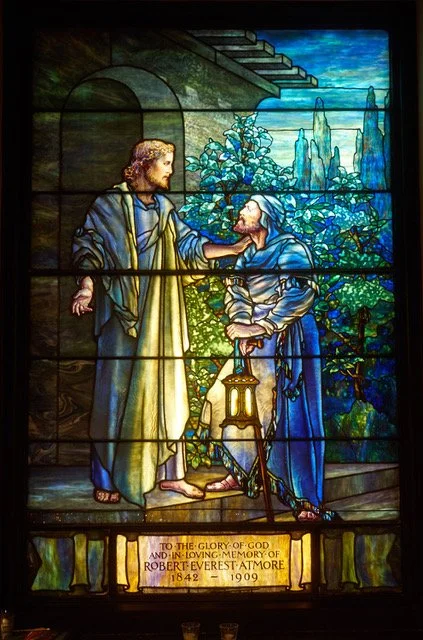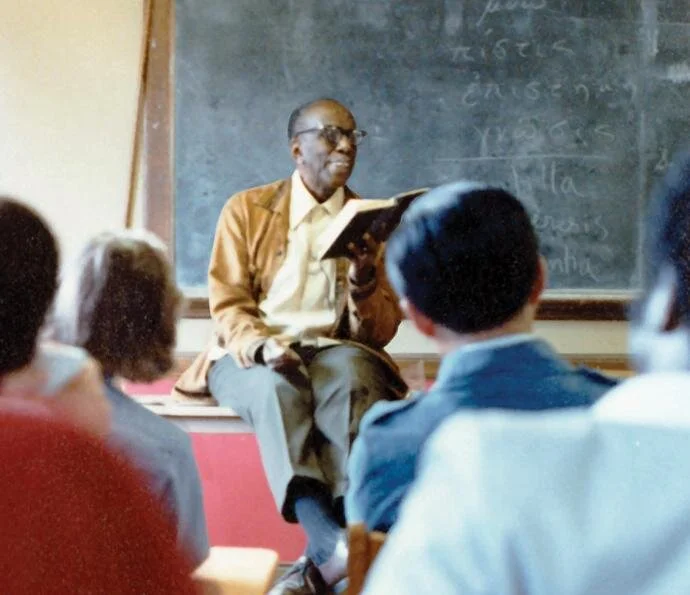Friday Reflection: John Muir, Mystic-Prophet of the American Wilderness
John Muir c. 1902
I DREAM of an encounter, deep in the wilds, between mystic-scientist Teilhard de Chardin (Friday Reflection, April 9) and wilderness activist John Muir (1838-1914), whom we honor on April 22 (Earth Day). These two polymaths from successive generations, probing field observers and proponents of controversial new theories, similarly celebrated the immanence of the divine in the physical universe.
Yet what different lives! Teilhard, a brilliant Jesuit muzzled by his Church and sometimes by his own order, was discovered after his death; Muir skyrocketed to his place as father of American national parks through his widely disseminated word during his lifetime. He famously persuaded President Theodore Roosevelt, while camping together in Yosemite Valley in 1903, to return the site to federal protection as a National Park.
Teilhard and Muir share a “Darwinian” vision of a universe in constant evolution, an endless Becoming, with its past legible in matter inhabited, animated, by God and his spiritual community. Seeking direct connection with the divine in Nature, both count as Christian mystics, prophets, even evangelists for spiritualized matter.
What, I wondered, can Muir teach us today, with our environmental problems and human turmoil? PLENTY, I decided, especially with his vision of the interconnectedness of the natural, divine, and human.
When Muir called for preserving the American wilderness as a national responsibility and public space, he used the centuries-old language of the wilderness as a restorative Eden, even God’s own church, for the damaged citizens of modern industrial civilization. Muir not only fought the new commercial activity (sheep, lumber) in federal Grants like Yosemite; he sought better visitors than the “apathetic” ones who flooded Yosemite Valley in the 1860s as access improved, visitors he could awaken to such wilderness—and who would support its funding as national parks.
His ideal visitors were participants, by sheer aware presence, in the activity of a loving, powerful God in the wilderness. Muir’s 1901 “The Fountains and Streams of the Yosemite” closes especially eloquently:
“Storms of every sort . . . cataclysms, convulsions of nature, however mysterious and lawless at first sight . . . are only harmonious notes in the song of creation, varied expressions of God’s love.”
For Muir, Being There, aware, constitutes a joyous, healing reconnection of God, human, and the universe.
Muir insisted on the universe’s interconnectedness: “Why should man value himself as more than a small part of the one great unit of creation? (“A Thousand-Mile Walk to the Gulf,” 1916).” He aimed to preserve the wilderness but also to warn that a disrupted network damaged humankind too: Harvested sequoias uphill, given the live trees’ interaction with rainclouds, meant drought and distress for the valley farmer.
Muir’s message of interconnectedness now drives our struggle against global environmental damage, economic instability, and poverty. He also stands condemned for racist remarks; can we still build on his vision’s potential? Consider today’s possibilities for his often-quoted belief: “Everybody needs beauty as well as bread, places to play in and pray in, where nature may heal and give strength to body and soul alike (The Yosemite, 1912).”
—Suzanne Glover Lindsay, St. Stephen’s historian and curator









